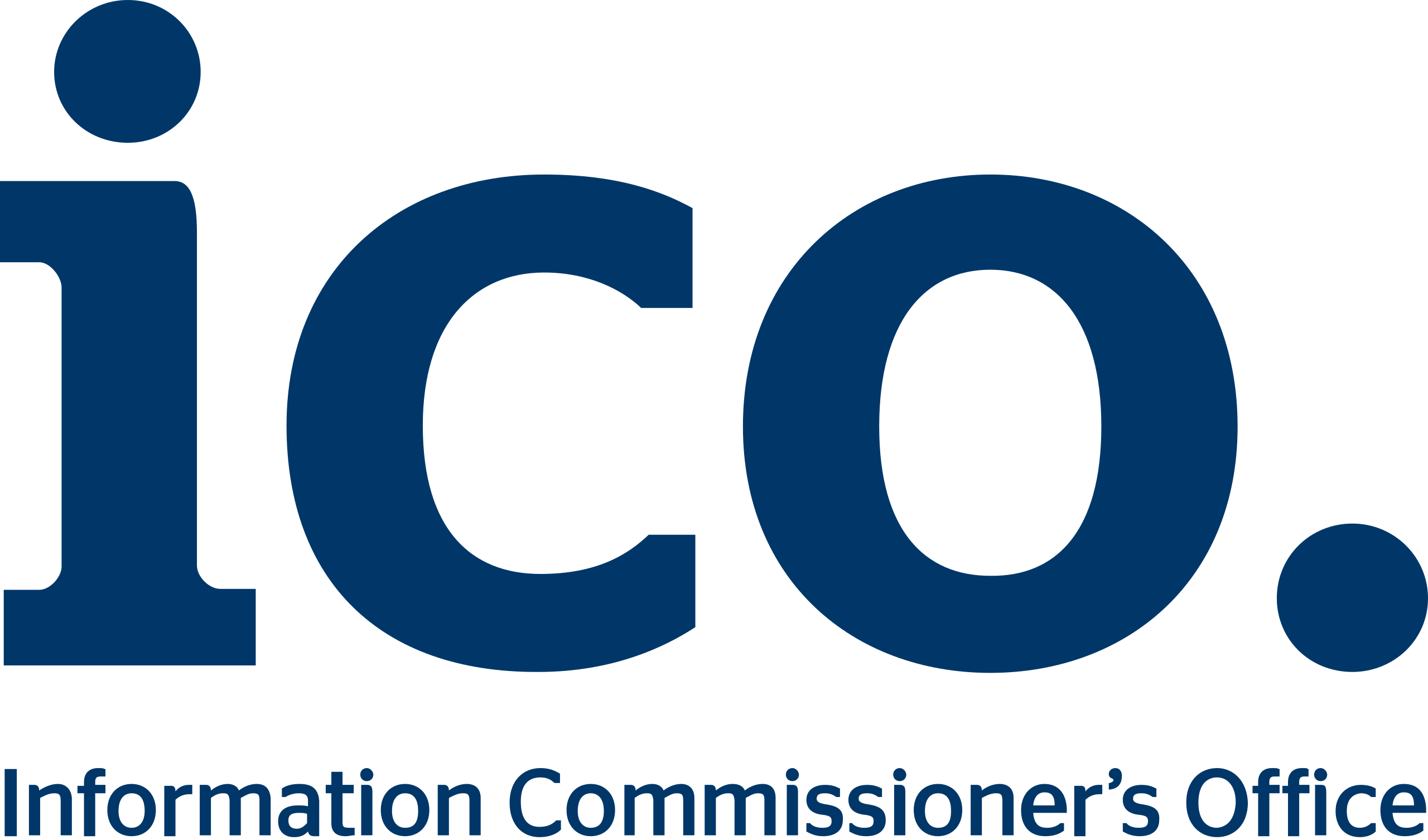What Is A Split Liability Claim?
If you have been injured in a road traffic accident you could claim compensation. When you do so, you will usually claim compensation from the party who caused the accident. But, what happens if you were partially at fault? In some cases, a claimant may be partially at fault. In these circumstances, it may be possible to make a split liability claim.
Key Takeaways
- You may be able to claim compensation, even if you are partially at fault.
- Another party must be (at least) partially at fault.
- Fault can be split in any amount that adds up to 100%, e.g. 50/50 or 75/25.
- Your compensation settlement will be reduced by the percentage you were deemed to be at fault.
- An expert solicitor from our panel could help you claim on a No Win No Fee basis.
Get in touch with us for more information or to begin your claim.
- Phone 020 3870 4868.
- Click below to chat to our team.
- Talk to us about your claim online.
Browse Our Guide
- Can I Claim For A Car Accident If I Was Partially At Fault?
- What Is A Split Liability Claim?
- Common Split Liability Percentages
- How Much Compensation Could I Get For A Car Accident?
- What Are The Benefits Of Making A Split Liability Claim?
- How Could A No Win No Fee Road Traffic Accident Solicitor Help?
- Learn More
Can I Claim For A Car Accident If I Was Partially At Fault?
The simple answer is that you may still be able to claim compensation even if you were partially responsible. The same duty of care and eligibility criteria will apply to your motor vehicle accident claim, no matter whether you were partially at fault.
In the UK, road users such as motorists, motorcyclists, cyclists, and even pedestrians have a legal duty of care. They must ensure that they use the road in a way that does not cause others harm. They must comply with the Road Traffic Act 1988 and the Highway Code.
The eligibility criteria for road traffic accident claims include:
- Being owed a duty of care by another road user.
- That road user breaching their duty of care, such as by emerging from a junction without checking their mirrors or for oncoming traffic.
- The breach caused an accident in which you were injured, such as a head-on car accident.
Get in touch with our team for more information on when you could claim for a car accident. Next, we will look at split liability compensation claims.
What Is A Split Liability Claim?
In some road traffic accidents, it is clear who was at fault and who caused the accident. However, this is not always the case. In some instances, both parties may have been (at least) partially responsible. In these cases, a more detailed examination of the road accident may need to be carried out. The police may investigate the accident, as well as those involved in any claim(s).
Where the evidence shows that both parties were partially or equally responsible, they may claim on a split liability basis. This means that each party injured may claim compensation based on the percentage that they and the other party were at fault.
A split liability agreement is a legal agreement between two (or more) parties involved in an accident. Under this type of agreement the parties will share responsibility for the accident. The agreement will assign a percentage of blame to each party.
Contributory Negligence
Contributory negligence differs from split liability agreements. This is where a person is partially responsible for their injuries.
A common example of where a claimant may be said to be partially responsible for their injuries in a road accident may be where they were not wearing a seatbelt.
If it is found that a person contributed to their injuries, such as by not wearing a seatbelt, their entitlement to compensation will be reduced by the percentage they contributed towards their injuries.
Next, we will look at how responsibility may be apportioned in a split liability claim.
Common Split Liability Percentages
The percentage split will be based on how much each party was responsible for the car accident. We should note that the percentage split will be calculated based on the individual circumstances of your road accident.
Potential split liability percentages may include:
- 100% liability – only one party is responsible for the accident. This is the case in a standard personal injury compensation claim. No split liability agreement would be necessary.
- 75% / 25% liability – you may be 75% or 25% at fault for the accident. A split liability agreement will be necessary. Your entitlement to compensation would be reduced by 75% or 25%, depending on your percentage of responsibility.
- 50% / 50% liability – both parties are equally responsible. You could make a split liability agreement claim where you would receive 50% of the compensation, which could be awarded if you were not at fault.
It is important that you calculate the right percentage of blame for yourself and the other party. The failure to do so could mean you do not get the compensation you may be entitled to.
A personal injury solicitor from our panel could review your case and ensure you get the right amount of compensation.
How Much Compensation Could I Get For A Car Accident?
You could be awarded two heads of damages if you make a successful personal injury claim. These are special damages and general damages. Compensation for physical injuries or psychological trauma is called general damages. Those for financial losses are called special damages. We will look at special damages in the following section.
When valuing what general damages you may be owed, a solicitor or other parties to a claim may use the Judicial College guidelines (JCG) and your medical records. The JCG is a publication containing guidelines for suggested compensation for different types of injury.
We have taken entries from the JCG and have added them to the table below. Please be aware that the amount of compensation you are awarded may differ and that the first entry does not come from the JCG.
| Injury Type | Severity | Damages |
|---|---|---|
| Multiple injuries | Severe | Up to £1,000,000+ with award for special damages. |
| Paralysis | Tetraplegia/ Quadriplegia - A | £396,140 to £493,000 |
| Brain damage | Moderately severe - B | £267,240 to £344,150 |
| Back injury | Severe - A - i | £111,150 to £196,450 |
| Leg injury | Severe - short of amputation - B | £117,460 to £165,860 |
| Neck injury | Severe - A - ii | £80,240 to £159,770 |
| Pelvis/ Hip Injury | Severe - A - ii | £75,550 to £95,680 |
| Elbow injury | Severe and disabling - A | £47,810 to £66,920 |
| Shoulder injury | Severe - A | £23,430 to £58,610 |
| Ankle injury | Moderate - C | £16,770 to £32,450 |
Special Damages
Whilst general damages are awarded automatically if your claim is successful, you may also seek special damages. These cover financial losses related to your accident and injuries. They could compensate you for expenses such as:
- Lost income and earnings.
- Medical bills, prescription medication and other costs, such as physiotherapy.
- Care costs, such as help with domestic tasks.
- Making adaptations to your home.
You must provide evidence of these financial losses in order to be compensated for them. Evidence which may be submitted could include payslips, bank statements, invoices or similar documentation. A specialist personal injury solicitor could help to ensure you include any special damages you are eligible for in your claim.
What Are The Benefits Of Making A Split Liability Claim?
Making a split liability claim could have a number of different benefits to claimants. Some of these benefits include:
- Getting compensation. Even if only entitled to part of the compensation you would otherwise be eligible to claim, you could still receive an award. You may also still be compensated for various costs and losses.
- Split liability claims. These ensure that you get the correct proportion of any compensation.
- Legal advice. If you choose to claim split liability compensation with a solicitor you could benefit from legal advice and support.
- Peace of mind. By claiming compensation, you could get a sense of closure and peace of mind.
No Win No Fee Arrangements
If you do choose to work with a specialist solicitor from our panel, they could offer to take your case on through a Conditional Fee Agreement (CFA). This is a way to claim on a No Win No Fee basis. Under this type of agreement, you would not need to pay any upfront fees for the solicitor’s work. In addition, you would not need to pay any solicitors fees whilst they are working on your case.
You would only pay for their work at the end of your case and if awarded compensation. This is called a success fee. The success fee is based on a percentage of your award. The percentage which may be charged is limited by law. Claiming in this way means that you won’t have to make costly upfront payments and will keep the majority of your settlement.
How Could A No Win No Fee Road Traffic Accident Solicitor Help?
A specialist solicitor from our panel could help guide you through the road accident claims process. By working with a solicitor on your case, they could:
- Provide expert legal advice.
- Help you to collect evidence which could prove your car accident injury.
- Represent you in your claim and negotiate the best possible settlement with the other party.
- Ensure that you begin your claim within the relevant time limit (called the limitation period).
Contact Us
Our team is ready to help you. Get in contact with us today by calling, sending us a message or talking to us online.
- Call 020 3870 4868.
- Talk to us online now.
- Click ‘Claim Online’ to complete our contact form.
Learn More
Below, you can find further information related to personal injury claims and other helpful references.
- Find out how many claims go to court in this helpful guide.
- In this guide, we look at how to prove you are not at fault in a car accident.
- Learn what to do if you have a motorcycle crash and are injured in this guide.
References
- You can learn more about road safety in this guide from Think!, produced by the UK Government.
- This resource provides further road safety advice from National Highways, the government company that operates and maintains motorways and A roads in England.
- Read more about injuries from road traffic collisions in this resource from the NHS.
We hope that after reading this guide, you know more about making a split liability claim. Please contact our team to begin a claim on a split liability basis.










